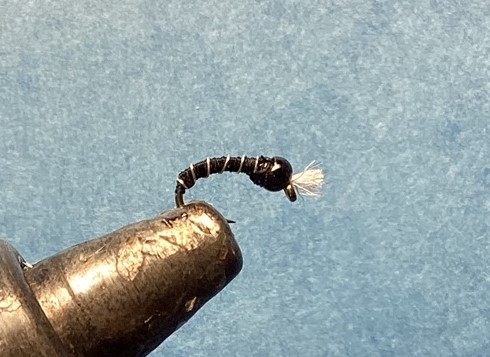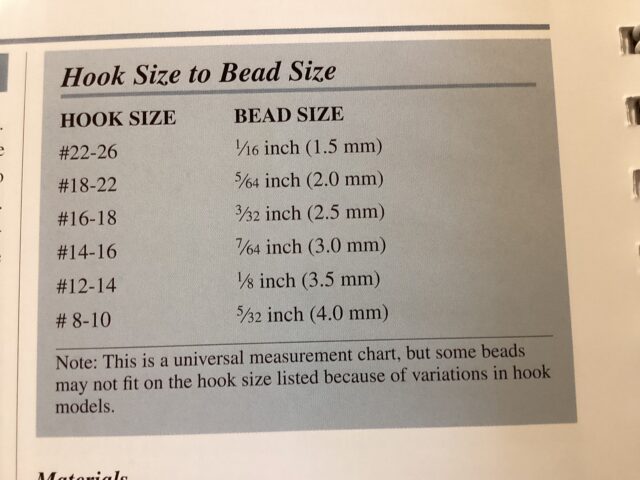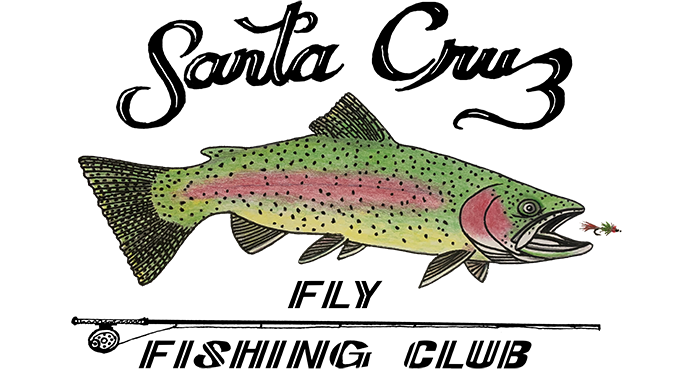
Midges be the major source of food for trout in the winter and early spring but available all year. Midges tend to be smaller in moving water and larger in still water. This particular pattern is best used in moving water and particularly good for tail waters and spring creeks. The pupa follow the larval stage and imitates the midge ascending to the surface to hatch out. That’s when it’s the most vulnerable to trout and the stage that they are most likely to eat.
HOOK: Heavy scud hook, such as TMC 2457 or Dai-Riki 235 Sizes 18-22 Crimp barb.
THREAD: Black
Ultra thread 70 denier, for attaching gills
UNI-Thread 12/0, for body of size 18 hooks. 14/0 for body of size 20 and 22.
Attach 1/3 back on shank with few wraps.
GILLS: White Z-lon or similar. Separate fibers. Tie small bundle to top of shank up to hook eye. Cut rear fibers at an angle. Wrap down to shank creating a taper. Tie off thread cut access.
BEAD: Black glass. Size to match hook. See picture. Feed onto hook, small opening first, up to hook eye.
BODY: See above. Attached behind bead. Touching wraps to halfway around bend of hook. Touching wraps forward to bead.
RIB: Silver wire.
Small for size 18 hooks.
Extra fine for size 20 and 22 hooks.
Feed tip into rear of bead. Attach to top of shank with touching wraps, back to just short of body. Touching thread wraps forward to bead. Spiral wrap wire forward in about seven wraps up to bead. make one extra wire wrap behind bead. Cut wire with old scissors. Wrap thread collar behind bead covering final wire wraps. Tie off cut excess. Apply glue to body and collar. Cut gills to appropriate length, see picture.
Posted on October 26th, 2024
